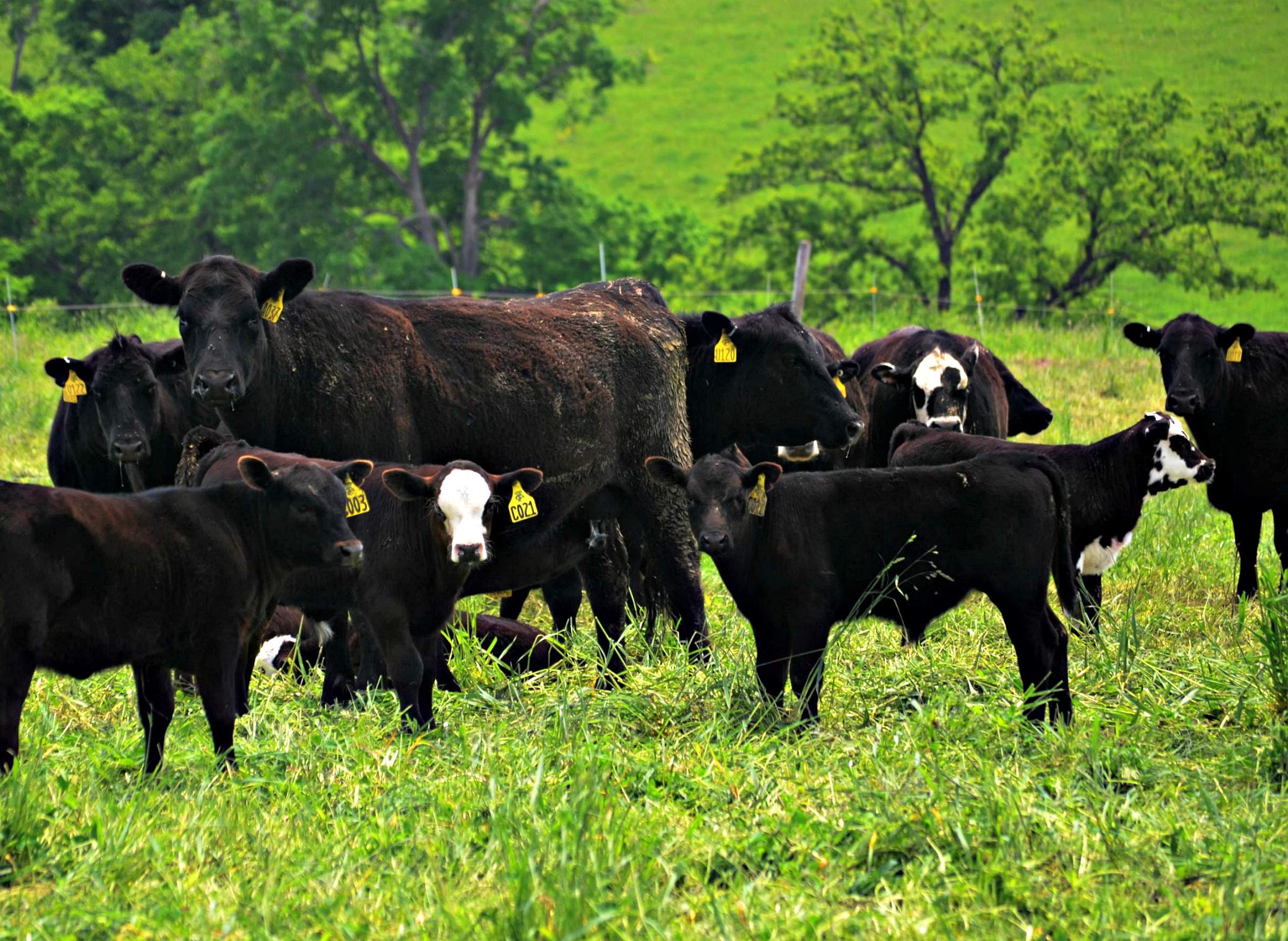
Silvopasture is not widespread in Wisconsin but interest in the practice is growing.

Silvopasture is not widespread in Wisconsin but interest in the practice is growing.
Cattle can often be seen grazing in meadows around Wisconsin, but they may also be finding their meals in wooded areas. Called silvopasture, the practice of grazing animals in the woods can bring long-term economic returns through forestry and annual income from livestock and forage. Trees shade the animals and help protect them from heat stress in summer. In winter, trees shelter animals from wind.
Silvopasture is defined as a type of agroforestry with the combination of timber, livestock and forage production on the same site. The challenge is managing all three production systems in a sustainable way that does not harm the animals, trees, soil and nearby water, said Diane Mayerfeld, a University of Wisconsin-Extension specialist in sustainable agriculture. She was one of the participants in a panel discussion at the Cooperative Extension State Conference on Nov. 11, 2015, recorded for Wisconsin Public Television's University Place.
However, the practice of silvopasture is not widespread in Wisconsin. Researchers still need to learn about region-specific best practices that provide shade for livestock while enabling trees to thrive, noted the panel, which also included UW-Extension educators Vance Haugen, Randy Mell and Otto Wiegand, as well as UW-Madison Department of Forest and Wildlife Ecology professor Mark Rickenbach.
But research by UW-Extension specialists and others that is underway should help identify the finer points of this grazing method, as well as help guide public policies that support and regulate it, along with nongovernmental ways to manage it.
Silvopasture is more than a farmer turning cattle or other livestock out into the woods, Mayerfeld said. For example, if cows are not managed well, they can damage trees and prevent saplings from growing. The farmer must provide the correct kind of food — forage — for the particular livestock as part of managing the woods in an integrated way. The farmer might plant appropriate forage in the woods or turn a pasture into a silvopasture by planting appropriate trees. In addition, grazing by cattle can be hard on fragile forest soil and contribute to the spread of invasive species.
Mayerfeld described the kinds of woods that should not be grazed and what landowners should look for when considering potential silvopasture sites. She noted that research on silvopasture in the southeastern and northwestern United States, while informative, does not necessarily shed light on how to get good results in Wisconsin.
Wisconsin's farmers and resource professionals are interested in silvopasture and how they can use it to manage their land, Mayerfeld said, adding that demonstrations need to be conducted in the state. Silvopasture can also control invasive species and manage brush growth, but more information is needed about about tree species, which forages thrive with light shade and how to protect young trees. And people interested in this practice want to know about its costs and potential profits.
Key facts
Key quotes
Editor's note: This article is corrected to note that farm wood lots in Wisconsin are grazed at rates of about 19 percent.